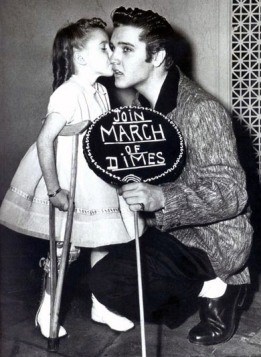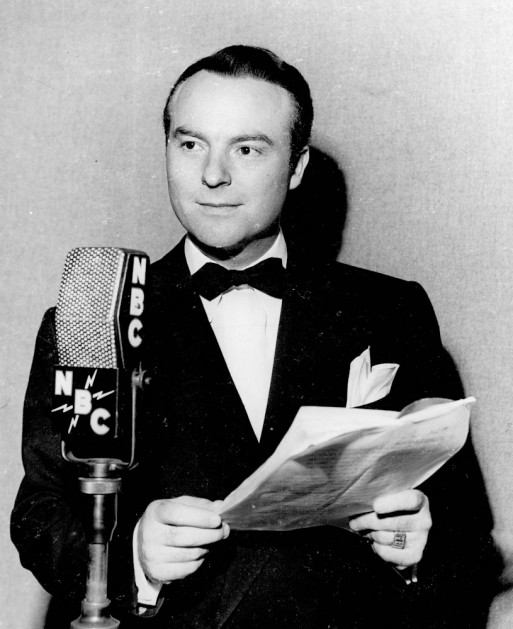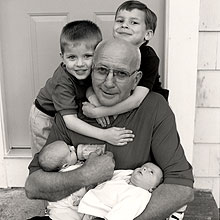In a recent two part series, the NPR radio show “On the Media” explored the media constellation that comprises the multi-faceted disease, cancer.
The show charts the historical framing of cancer – including the earliest recording of cancer case stories on Egyptian papyrus around 1600 B.C — then moves into contemporary notions of cancer as it is created visually and conceptually, and disseminated through the modern media machine.
The word cancer itself is drawn from the crab, as the lumps of tumors were seen as crab-like, the vascularization of the veins around the tumors protruding like legs and pincers, their limbed bodies buried under the sand (or skin), able to move about freely.
How we see and talk about cancer is a barometer for social anxieties and constructions, the tapestries of which “On the Media” so deftly deconstructs.
In the Victorian era, as Siddartha Mukherjee discusses, cancer was seen as a disease of excess. It contrasted and competed with another major illness sweeping through the populace, tuberculosis (also termed consumption), which consumed its victims, rendering the body a void.
Cancer, on the other hand, was seen as a disease of excess; cancerous tumors were an embodiment of the inability to control one’s desires, and the uncontrollable metastasis of the tumors bubbled up and moved through the body, extending the metaphor of over-abundance.
In the 1930s, polio was the disease of the day, rendering fear into hearts through uncontrollable contagion, until the vaccine was invented. Franklin Delano Roosevelt became the first face (and body) of a disease, and together with the March of Dimes, he ignited a public relations campaign that collected research dollars for the vaccine, ultimately altering the course of the disease and establishing a new template for the intertwining of disease, capitalism and celebrity.
Cancer needed a cure too, as the “war on cancer” gained steam (though critics often note the so-called war started before a real scientific understanding of the various trajectories and causes of the disease were understood).
Cancer received its first celebrity “face” through radio. In 1948, Einar Gustafson became “Jimmy,” the Jimmy behind Jimmy Fund, a fund created by the Dana-Farber Cancer Institute in Boston.
Einar – dubbed Jimmy to both protect his anonymity and to ease his transmission via American lips and hearts — was then a 12 year old boy with non-Hodgkin’s lymphoma, seeking treatment with Dr. Sidney Farber. He was propelled into the American imagination through a radio show, “Truth or Consequences,” put on by the New England society of professional entertainers known as the Variety Club.
In the first national broadcast with Jimmy, radio personality Ralph Edwards speaks with Jimmy as he is in Children’s Hospital undergoing treatment.
Jimmy was a huge baseball fan, of the Boston Braves specifically, and after asking Jimmy if he had ever met the Braves (no, he hadn’t), slowly the players begin to arrive in his hospital room and on the air.
The show ended with Edwards asking listeners to contribute money to the Jimmy Fund, in order to support the research that could save Jimmy’s life and also get Jimmy a TV set so he could watch his favorite team play. They hoped to get $20,000.
The funding came, bubbling up to $231,485.51, and with it the TV set. Jimmy’s lymphoma went into remission, and Einar went further into anonymity. He returned home to Maine, and left the public sphere.
It was assumed that Einar had died not soon after that, since childhood cancer survival rates were so low at that time, but Einar survived to the age of 65. He returned to the public stage four years before he died; in 1997 he was brought back into the folds as a part-time spokesman for the Jimmy Fund, a fund still thriving all these years later. He died in 2001 of a stroke.
How we put our understanding of and discourse around cancer, and disease in general, into words and images is a subjective process that speaks to contemporary constellations of knowledge and power. Disease is never a straightforward proclamation, and treatment – both medical and otherwise — mirrors this.
The oncologist Giovanni Rosti examined portrayals of cancer in movies from 1939 – 2012. He notes that most film portrayals of cancer were performed by young women, who succumbed to the “tidy” cancers of the blood or brain. Cancer was often a device for personal transformation, though it was often a transformation had by family members or loved ones, not the patients themselves.
There are minor variations to the theme. For instance, in “Dark Victory” Bette Davis plays a hedonistic heiress who develops a brain tumor — it is never referred to as cancer — and has various levels and stages of personal transformation before finally fulfilling her destiny, in death and romance.
When cancer is seen as something that grips those who are seen as powerless in society – that is, children and young women – it takes on a face of victim-hood, smelting the public into altruistic action. The pathology crab-walks from uncontrollable excess into the deeper heartstrings that more readily pluck at the pocketbook.
Public and private funding is absolutely necessary to continue to transform our understanding of the disease and to establish new ways of treating and seeing it, since cancer – though labeled in one fell swoop – is really a multi-headed beast sprung from cellular chaos. It will be interesting to see where our odyssey takes us, as we continue to track and visualize the chimera that is cancer.

 Finding the Faces of Cancer
Finding the Faces of Cancer







 Our Monthly Tip: Make an “In Case of Death” File to Ease Loved One’s Grief
Our Monthly Tip: Make an “In Case of Death” File to Ease Loved One’s Grief
















